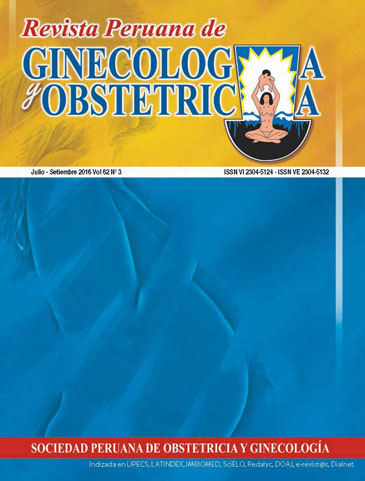Editorial
DOI:
https://doi.org/10.31403/rpgo.v62i1914Abstract
In the previous issue, a paper on controversies in clinical management of postmenopausal osteoporosis cited that the use of calcium supplements in subjects who have an appropriate dietary calcium intake would not have apparent benefit in its intake, and adverse events such as chronic constipation, diverticulitis, kidney lithiasis, or cardiovascular disease could be expected(1). The fundamental advances in the understanding of the pathogenesis of osteoporosis have driven the development of new treatments including estrogen, SERMs, teriparatide, and denosumab, with abaloparatide, romosozumab, and odanacatib on the horizon(2). Despite the benefits of the use of estrogen in osteoporosis, its application has declined after the WHI findings related to breast cancer and cerebrovascular and cardiovascular effects, notwithstanding new evidence that shows favorable outcomes when estrogens are used in early menopause. According to the FDA, all estrogen and progestin containing drug products work in similar ways. Until we have new data proving the opposite, postmenopausal women who take any type of estrogens or progestins should be similarly warned about risks(3). Along with an increased risk of endometrial and breast cancer, there is evidence of an increased risk of serous and endometrioid ovarian carcinoma associated with postmenopausal estrogen-only therapy use, particularly of long duration(4). Additional drugs that are FDA-approved for the prevention of postmenopausal osteoporosis include bisphosphonates -alendronate (Fosamax) and risedronate (Actonel) and selective estrogen receptor modulators- raloxifene (Evista)(3).Downloads
Download data is not yet available.
Downloads
Published
2016-10-14
How to Cite
Pacheco Romero, J. (2016). Editorial. The Peruvian Journal of Gynecology and Obstetrics, 62(3), 201–209. https://doi.org/10.31403/rpgo.v62i1914
Issue
Section
Editorial
















